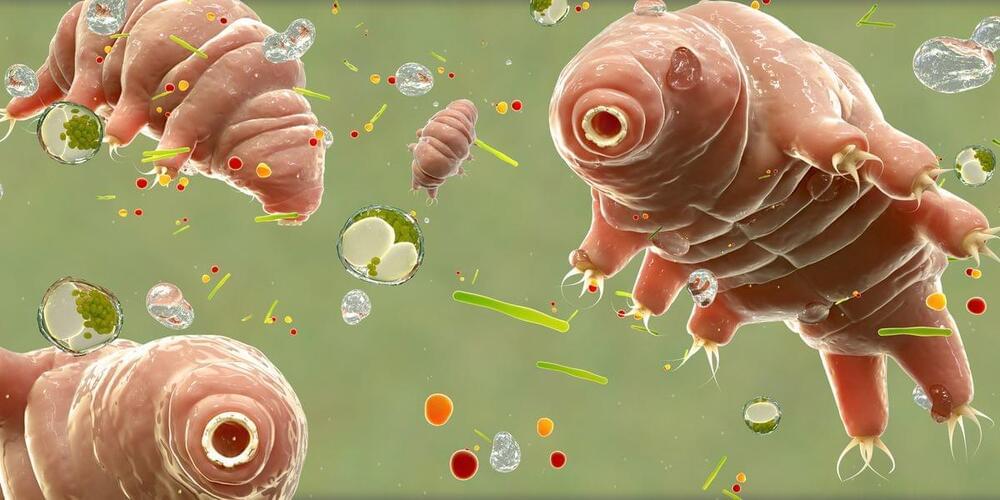Female robots are a technological marvel, and many of us could not even tell the difference between a real woman and a female robot. Have you seen female robots such as Harmony and Erica? You cannot spot a distinction to tell that they are robots. But are they created just to satisfy the needs of men?
Have you ever thought of a civilization where human robots rule? Such a situation is not very far away if the current AI trends continue. Experts are expecting such a dramatic change within the mid-2030s. Today we will discuss the scary situation when robots act smarter than humans. An apt movie showing this situation is the 2014 award-winning science fiction movie Ex Machina where the robots become more competent and, in the end, dangerous.
Robots trigger the emotions of men, as a female robot especially. The only thing that robots lack compared to us humans is emotions and expression. We always think that we humans are the ones triggering the humanoid robots. But it is not always true. Robots will do programmed duties, but the thing is that they can even do things on their own which are out of the control of the scientists. This includes falling in love too! You must have heard the news of people marrying sex robots. But how is it possible? It is just a piece of metal. That could be your reaction, but that is how influencing a fembot can become.
👉For business inquiries: [email protected].
💃Intrested in a Humanoid Robot: https://bit.ly/3PDgpsn.
Watch More from Artificial Intelligence News Daily.


